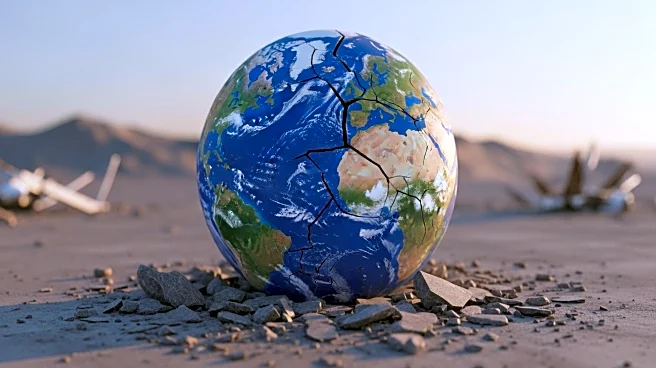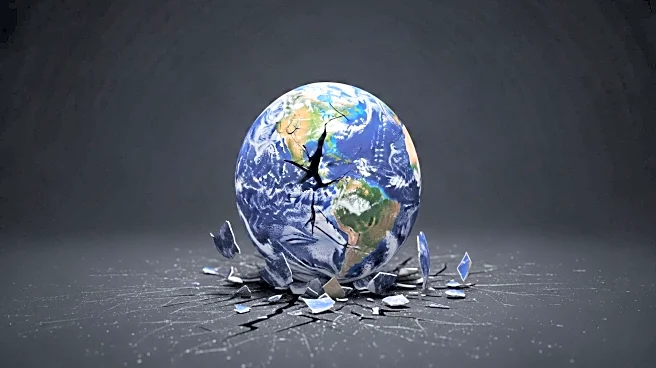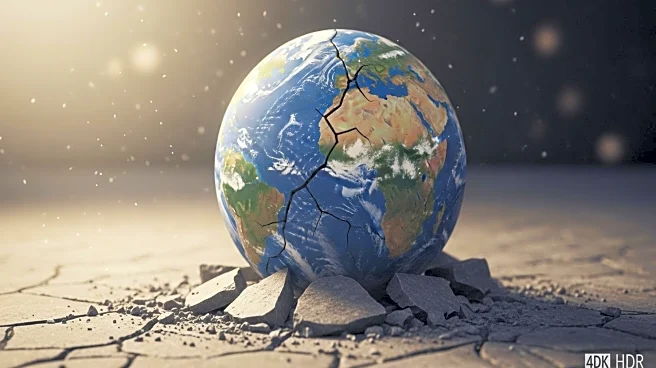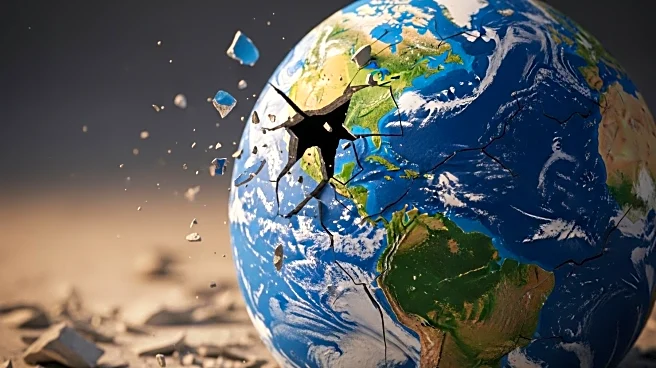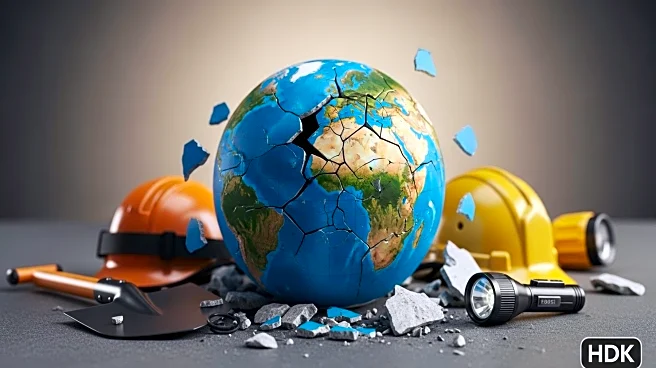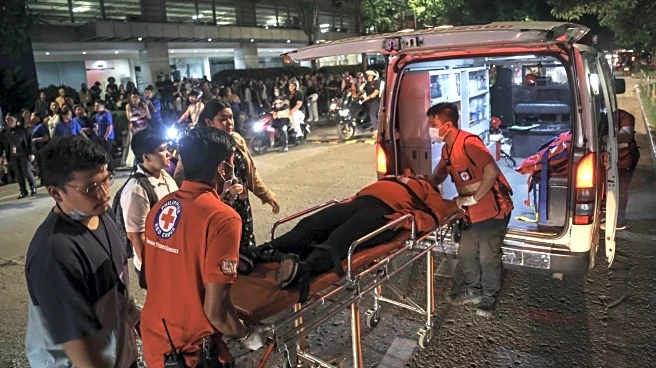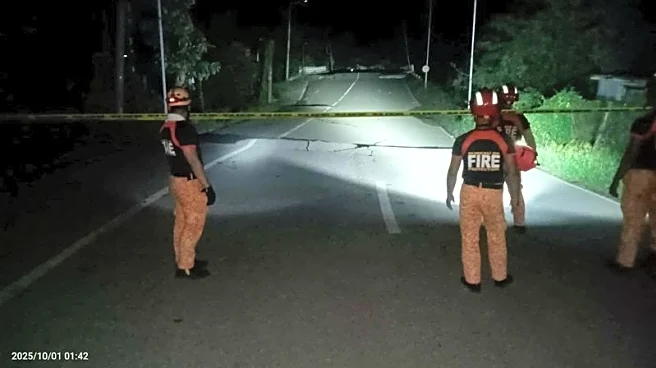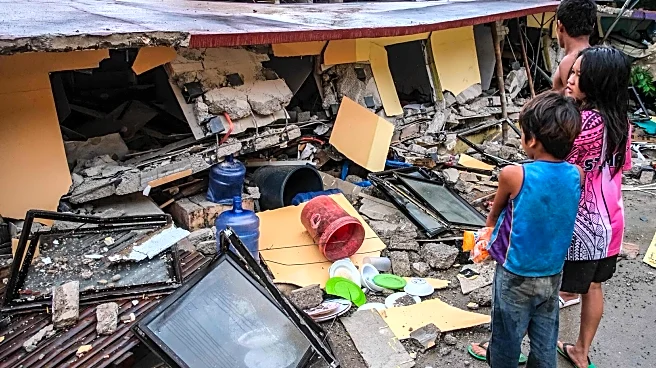What's Happening?
A magnitude-6.9 earthquake struck the central Philippines, resulting in at least 60 deaths and significant structural damage. The earthquake's epicenter was located near Bogo City in Cebu province, where many fatalities occurred. Rescue operations are underway, with efforts hampered by sporadic rain and damaged infrastructure. The Philippine government is assessing the situation to determine if international aid is needed. The earthquake is one of the most powerful to hit the region in over a decade, occurring while many residents were at home or asleep.
Why It's Important?
The earthquake's impact on the Philippines highlights the country's vulnerability to natural disasters, given its location on the Pacific 'Ring of Fire.' The disaster has prompted international expressions of support, with countries like the United States and Japan offering assistance. The event underscores the need for robust disaster preparedness and response strategies in the region. The earthquake's timing, following a recent tropical storm, exacerbates the challenges faced by affected communities, emphasizing the importance of coordinated relief efforts.
What's Next?
The Philippine government will continue to conduct damage assessments to determine the need for international aid. Rescue operations will focus on locating survivors and providing immediate relief to affected areas. The government may also implement measures to strengthen infrastructure and improve disaster response capabilities. The international community is likely to monitor the situation closely, offering support as needed to aid recovery efforts.

